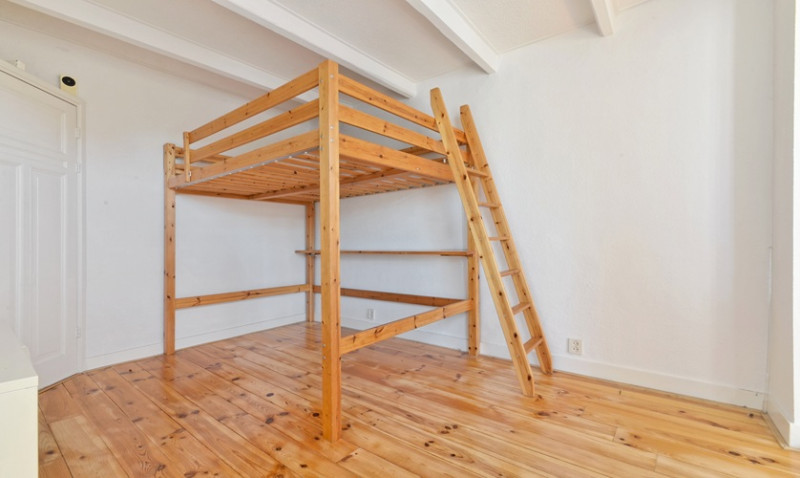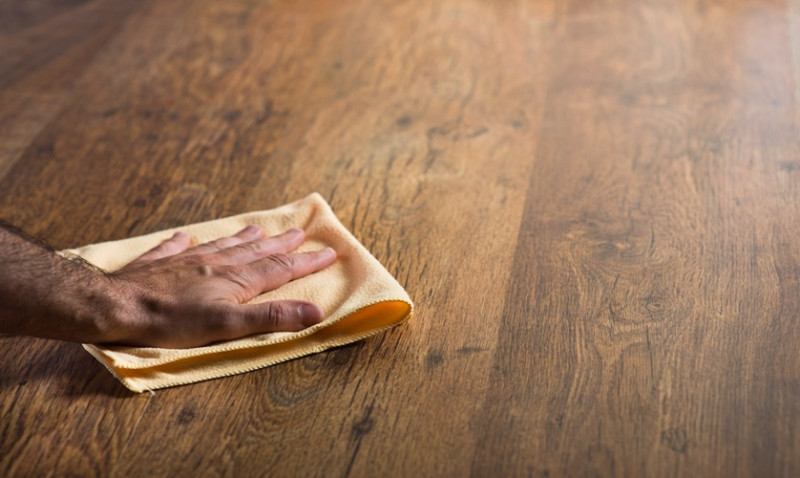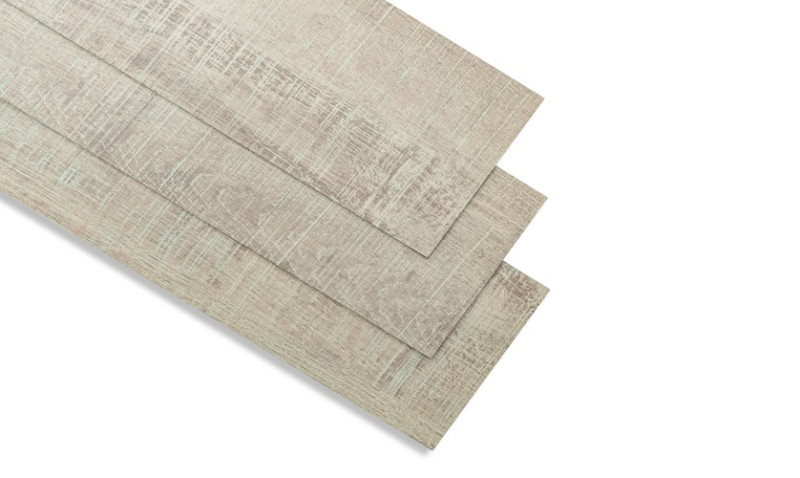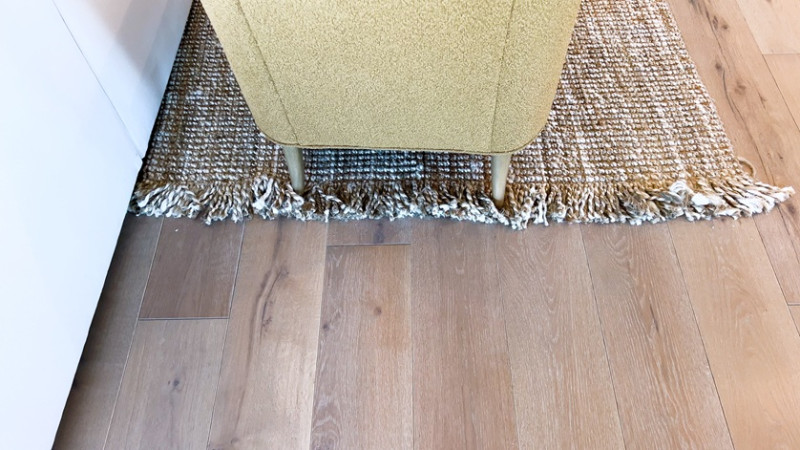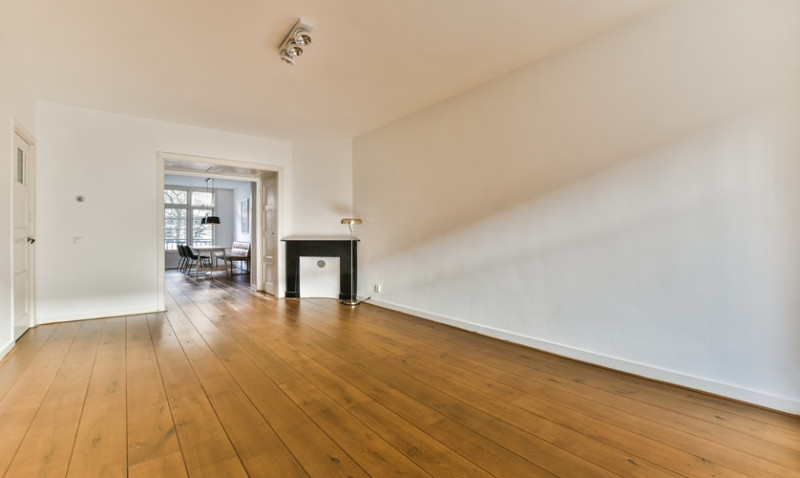
Black stains on hardwood floors are a common problem for many UK homeowners, especially in properties with high foot traffic, pets, or historical moisture issues. Whether you're a DIY enthusiast redecorating your first flat, a professional tradesman working on a renovation, or an interior designer restoring period charm, knowing how to remove stubborn black stains is a vital skill.
These dark marks are typically caused by water damage, chemical reactions with metal, or long-term neglect. But don’t worry—removing them is possible with the right approach, tools, and a bit of patience. In this guide, we’ll walk you through practical, effective steps to restore your hardwood floor to its original beauty.
What Causes Black Stains on Hardwood Floors?
Before jumping into removal techniques, it's essential to understand what causes black stains in the first place. Not all stains are equal, and identifying the cause can help you choose the best solution and prevent further damage.
In most cases, black stains on hardwood occur due to:
- Pet urine: Ammonia in urine can penetrate the wood and react with the finish, causing dark stains that are difficult to remove.
- Water damage: Long-standing moisture from spills, overflows, or plant pots sitting on the floor can oxidise the wood and cause discoloration.
- Metal and moisture reaction: Iron particles in water (e.g., from rusty nails) can react with the tannins in wood, especially oak, leaving behind black marks.
- Mould or mildew: In damp or poorly ventilated areas, mould growth can darken the floorboards, especially under rugs or furniture.
Identifying the source is crucial for choosing the right removal treatment and for implementing preventive care afterward.
Step-by-Step Guide to Removing Black Stains
Once you've identified the likely cause, you can move on to the removal phase. Always start with the least invasive method and work your way up if the stain persists.
1. Clean the Affected Area Thoroughly
Begin by cleaning the stained area to remove surface grime which can interfere with stain removal products. Use a damp cloth with a mild wood floor cleaner or create a homemade solution by mixing a few drops of dishwashing liquid into a litre of warm water.
Wipe the area gently and allow it to air dry. Avoid soaking the wood with too much water as this can further damage the surface.
2. Try Using Hydrogen Peroxide
Hydrogen peroxide is a gentle but effective bleach often used on water or urine stains. Use 3% hydrogen peroxide, available from most chemists or hardware stores.
Soak a clean cloth or cotton pad in the solution and place it directly on the stain. Cover it with plastic wrap to prevent evaporation and leave it for several hours or overnight. Remove the wrap and wipe dry with a soft cloth. You may need multiple applications for deep stains.
This method works particularly well for organic stains like pet urine or water spots.
3. Sanding the Wood Surface
If the black stain has penetrated deeper into the wood fibers, surface treatments might not be sufficient. In such cases, sanding may be necessary.
Use a fine-grit sandpaper (around 120-180 grit) and carefully sand the stained area until the dark mark fades. Be cautious to blend the sanded patch with surrounding areas to avoid creating an indent or lighter spot.
After sanding, be sure to reapply a finish—whether it’s oil, wax, or lacquer—to protect your floor and restore its sheen.
4. Oxalic Acid for Tannin or Metal Stains
When you're dealing with tough iron-induced black marks or tannin stains common in oak flooring, oxalic acid is your best bet. This powerful wood bleach is available from specialist timber finishers or online in crystal form.
Dissolve the crystals in warm water according to the manufacturer's instructions. Apply using a brush or cloth over the black stain and let it dry. Once the stain has lightened, neutralise the area by rinsing with clean water and allow it to dry thoroughly before refinishing.
Be sure to wear gloves and eye protection when working with oxalic acid and test on a hidden area first.
5. DIY Remedies Worth Trying
For small black spots or light staining, you can try the following natural remedies:
- Baking Soda & Water: Make a paste and gently rub it into the stain with a soft cloth. Let it sit for a few hours before rinsing.
- Lemon Juice & Salt: Combine and apply to the stain, then scrub with a soft-bristled brush.
- White Vinegar: Stubborn mildew stains can respond to diluted vinegar, but be cautious as overuse can dull the finish.
These options are eco-friendly and often readily available in UK homes—perfect for quick fixes without harsh chemicals.
Can You Paint or Stain Over the Black Marks?
Painting or staining over black stains can temporarily mask the issue, but this isn’t recommended as a long-term solution. The core issue—moisture or chemical reaction—may still be active beneath the surface.
If you must cover it for now due to time or budget constraints, ensure the area is thoroughly cleaned and dry before applying primer and stain-blocking products. However, it’s best to fix the issue from the inside out to avoid future deterioration, especially in professionally designed spaces or high-end refurbishments.
When to Call in a Professional
Some stains are just too deep or widespread for a DIY approach, especially in listed buildings or homes with antique hardwoods where preservation matters. If you’ve tried chemical and mechanical methods to no avail, it might be time to seek help from a flooring restoration professional.
Professional tradesmen have access to industrial-grade sanders, bleaches, and refinishing tools that can save even the worst cases. They’ll also be able to colour-match and recoat the area flawlessly, maintaining the continuity of your décor.
Prevention Tips to Keep Floors Spotless
Once you’ve restored your hardwood floor, it’s important to protect it from future damage. Regular maintenance is key—here are some effective tips:
- Wipe spills immediately to prevent water damage from setting in.
- Use rugs or mats in high-risk areas like entryways, kitchens, or beneath plants.
- Trim pet nails and house-train animals to prevent both scratching and urine stains.
- Apply sealant or finish every few years to ensure moisture resistance.
- Lift furniture instead of dragging to avoid abrasion that can deepen with liquid exposure.
Conclusion
Black stains on hardwood floors can be frustrating, but with the right treatment and tools, you can breathe new life into old boards. Whether it's a small patch in a modern flat or restoration in a Georgian townhouse, knowing how to handle floor stains not only revives your living space but adds to long-term property value.
By following these practical techniques—from household bleach alternatives to professional-grade solutions—you’ll be better prepared to tackle black stains and keep your floors looking stunning for years to come.
Remember: prevention is the best cure. With regular care, a good maintenance routine, and the right knowledge in your DIY arsenal, you’ll be able to enjoy beautiful wood flooring without the blotches and blemishes.
